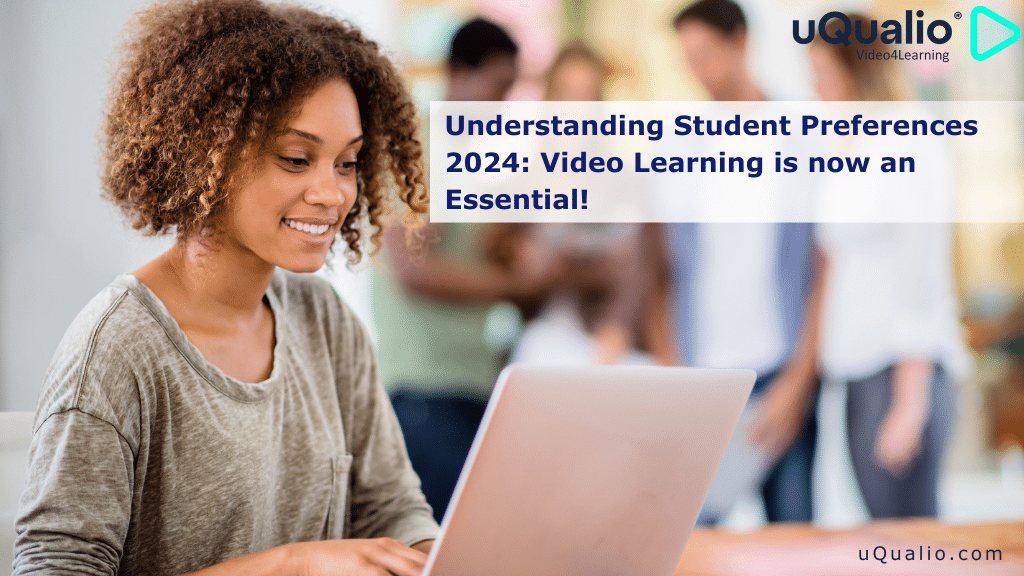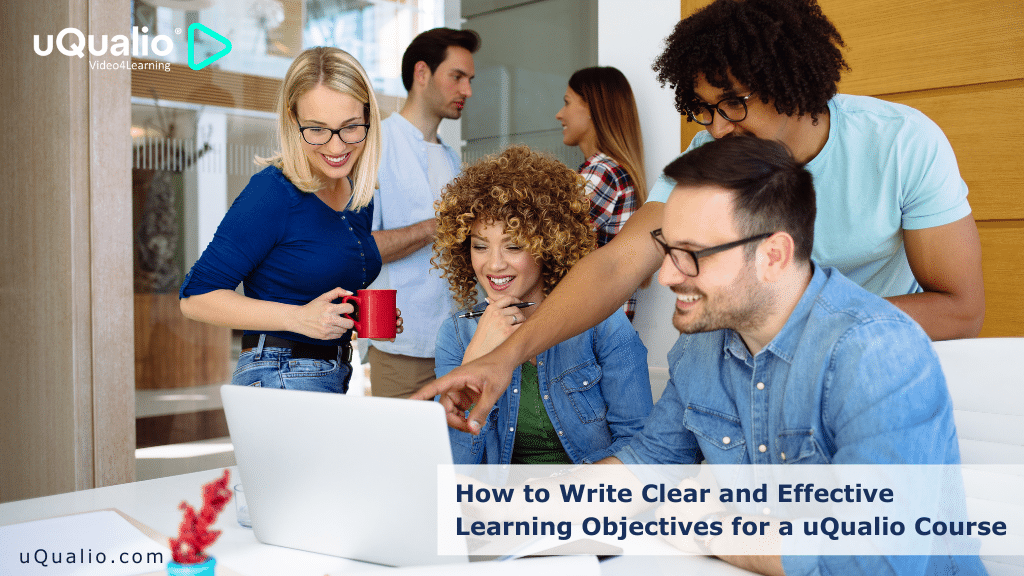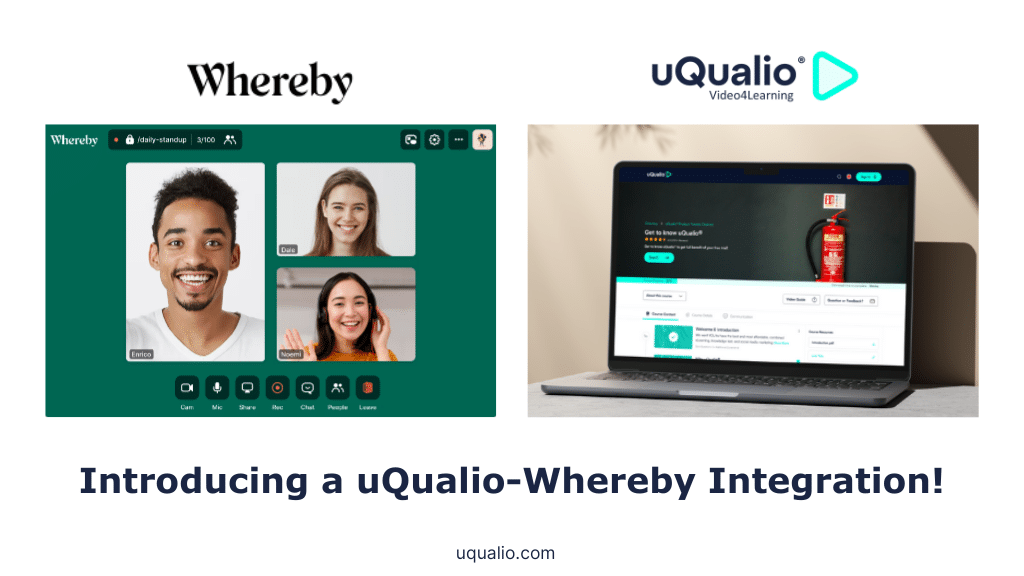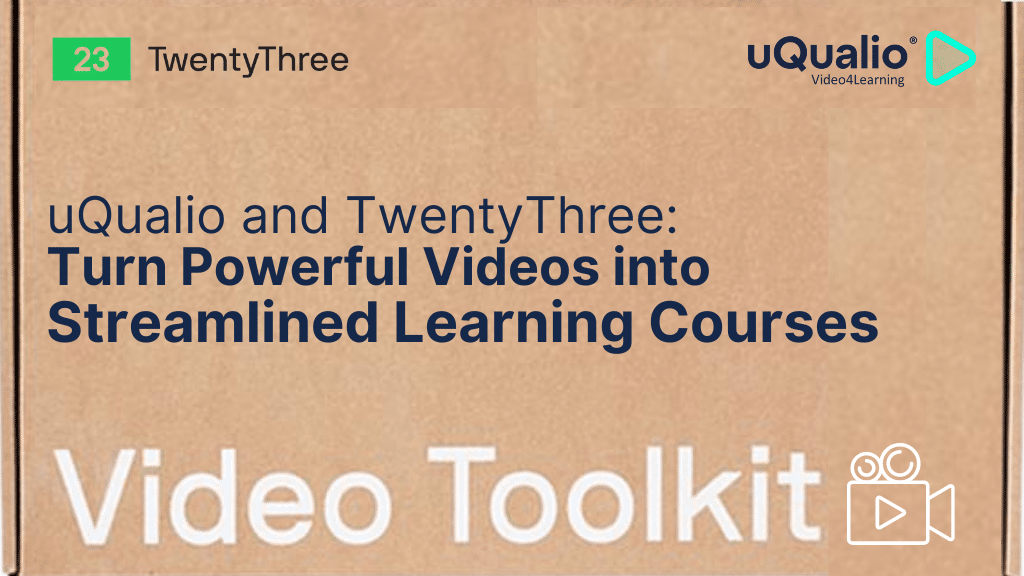As higher education continues to evolve, video learning has become a crucial element in teaching. With challenges like declining enrollments and budget constraints, colleges and universities must understand what students expect from video learning to stay relevant and competitive. The 2024 research report “What Students Want Most from Video Learning,” conducted by Panopto and College Pulse, provides valuable insights into these student expectations.
The Importance of Video Learning in Higher Education
Video learning is now an essential part of the educational experience for many students.
According to the report:
- 68% of students prefer courses that include video content.
- 85% of students believe that video technology improves their learning experience.
These statistics indicate that video learning is no longer a supplementary tool but a key component of effective education. Institutions that fail to incorporate video learning risk falling behind.
Flexibility and Accessibility: Why Students Value Video Learning
One of the primary reasons students value video learning is the flexibility it offers. The report highlights that:
- 64% of students say the ability to learn at their own pace is the biggest benefit of video learning.
- 83% of students appreciate the flexibility of on-demand video, allowing them to balance education with work, family, and other commitments.
However, accessibility remains a challenge:
- Only one-third of students report that their lectures are available on demand.
- 63% of students find it difficult to access or search for the course-related videos they need.
This gap between what students want and what is available points to a need for improvement in how institutions offer video content.
High Engagement with Video Content
Students are not just using video learning sporadically; they are engaging with it regularly:
- Nearly half of the students watch course-related videos multiple times a week.
- 38% of students watch course-related videos three to five times per week.
This frequent use of video content shows its importance in students’ learning routines. Institutions should ensure that video content is readily available and easily accessible to meet this demand.
Preference for On-Demand Learning
When given the choice, students prefer on-demand or recorded videos over live-streamed content:
- 54% of students prefer recorded lecture videos.
- 52% of students turn to platforms like YouTube for self-directed learning outside of class.
This preference suggests that institutions should focus on providing high-quality, on-demand video content that students can access at their convenience.
The Benefits of Video Learning
Students recognize several key benefits of video learning:
- Learning at their own pace (64%)
- Rewatching content to reinforce learning (60%)
- Accessing learning materials from anywhere with an internet connection (48%)
- Reduced pressure to keep up with classroom pacing (47%)
- Convenience for balancing education with other commitments (36%)
These benefits highlight how video learning can enhance the educational experience by accommodating different learning styles and life circumstances.
Accessibility Features: A Work in Progress
While video learning offers many benefits, accessibility features like captioning and transcripts are not universally available:
- 72% of students report that captioning or transcripts are available in their courses.
- 30% of students still lack access to these essential features.
For the 58% of students who use captioning or transcripts, these features are essential to their learning. Addressing these gaps in accessibility is crucial to ensure that all students can fully benefit from video learning.
Enhancing Student-Faculty Interaction with Video
Video learning also has the potential to improve student-faculty interaction, though this is an underutilized area:
- Only 10% of students regularly receive video feedback from faculty.
Providing video feedback could make communication more personalized and effective, helping to bridge the gap between students and instructors.
The Role of AI in Video Learning
The integration of artificial intelligence (AI) in video learning platforms is on the rise. Students find AI tools like interactive quizzes and AI-generated study plans helpful, but there is some skepticism about the accuracy of AI-generated content. Institutions need to carefully implement AI tools in ways that complement traditional teaching methods and build student trust.
Areas for Improvement: Meeting Student Expectations
While students clearly value video learning, there are still areas where institutions can improve:
- 51% of students who are not currently taking video classes would prefer to do so.
- 62% of students experience difficulties logging in to access course-related videos.
- 63% of students find it challenging to search and access the video content they need.
Addressing these challenges is essential for institutions that want to meet student expectations and provide a better video learning experience.
Summary
Here are the main findings from Panopto’s report:
- High Demand for Video Content: 68% of students prefer courses with video content, and 85% believe it enhances their learning experience.
- Flexibility and Accessibility: Students highly value the flexibility of on-demand videos, with 64% appreciating the ability to learn at their own pace. However, accessibility issues persist, with many students finding it difficult to access or search for course-related videos.
- Frequent Engagement: Nearly half of the students engage with course-related videos multiple times a week, demonstrating the importance of making content easily accessible.
- Preference for On-Demand Learning: 54% of students prefer recorded videos over live-streamed content, indicating a strong preference for learning on their own schedule.
- Benefits of Video Learning: Students recognize several advantages, including the ability to rewatch content, learn at their own pace, and balance education with other commitments.
- Accessibility Challenges: While some accessibility features like captioning are available, there is still a significant gap, with 30% of students lacking access to essential tools like transcripts.
- Enhancing Interaction: Video learning also offers opportunities to improve student-faculty interaction, though this is underutilized.
- Role of AI: AI tools are becoming integrated into video learning, offering benefits like interactive quizzes, though there is some skepticism about AI-generated content.
To meet student expectations, institutions need to focus on improving video content availability, accessibility, and quality. Addressing these areas can enhance student satisfaction and learning outcomes in a competitive educational environment.
Achieve Effective & Affordable Video Training
– uQualio is an award-winning, easy-to-use, all-in-one NextGen LMS software for any types of online video training.












